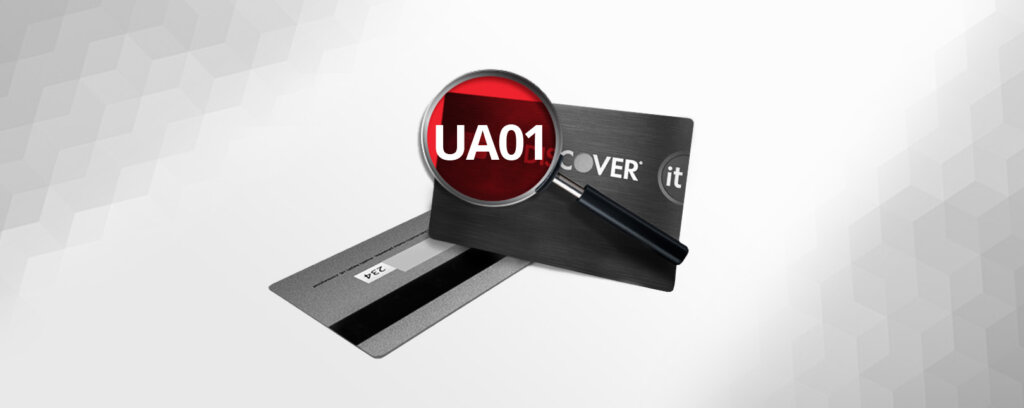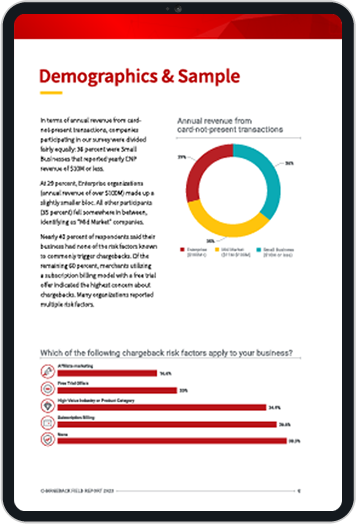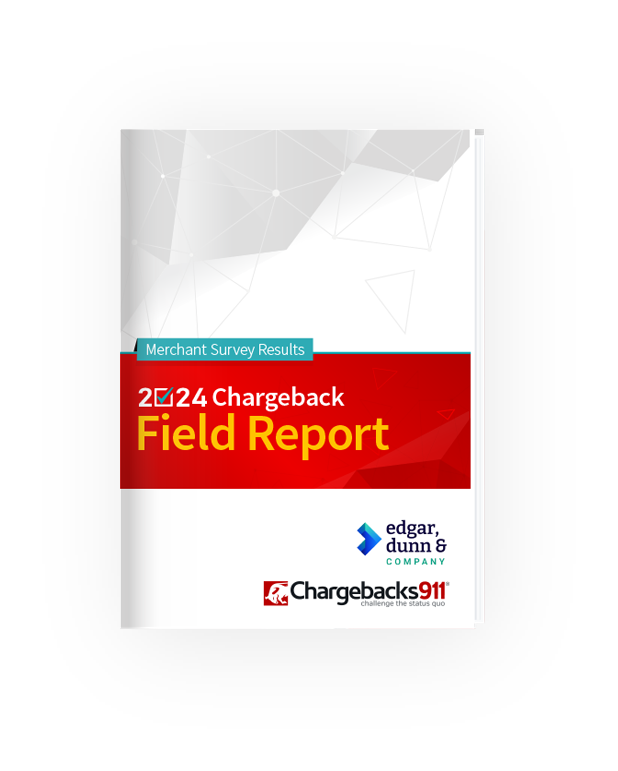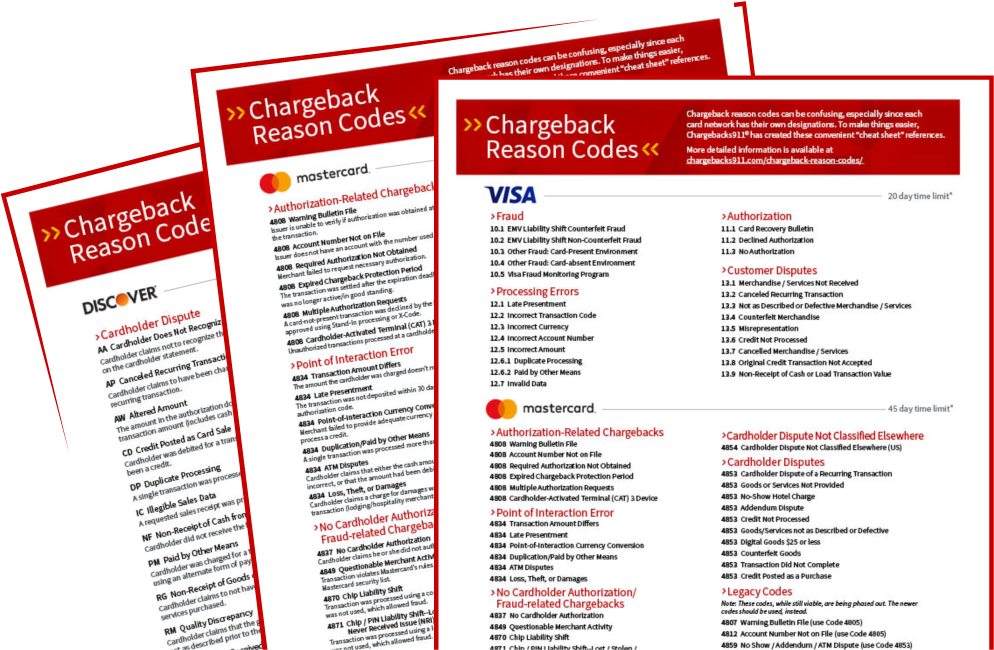
Alright, you've recently encountered a chargeback from Discover with an attached "UA01" reason code.
What does this code signify? How can you interpret it effectively? And most importantly, what steps should you take to keep your financial assets safe?
In this piece, we'll delve into vital details connected to Discover chargeback reason code UA01. We’ll also give you some clear advice on how to identify the root issue and how to resolve it effectively.
Recommended reading
- What is Compelling Evidence? Examples & Tips to Win Disputes
- Credit Card Disputes | Step-by-Step Process Guide for 2025
- Mastercard Chargeback Time Limits: The 2025 Guide
- How to Detect Fraud: Top 20 Tips to Stop eCommerce Scams
- Verifi Order Insight: Using Data to Block Visa Disputes
- Fake Google Reviews: How to Identify, Remove & Prevent
What is Discover Reason Code UA01?
Discover chargeback reason code UA01 is “Fraud - Card Present Transaction.” It’s used when the cardholder claims that they did not authorize or participate in a transaction made using their physical credit or debit card.
In simple terms, it means that the cardholder says the transaction was conducted without their knowledge, authorization, or consent. An unauthorized third-party made the purchase, having gotten access to the cardholder’s card. For example, the buyer used a stolen credit card.
What Caused This Dispute?
In basic terms, the issuer can initiate a chargeback without a previous ticket retrieval request under the reason code UA01 if there's an allegation of fraud. Or, if the transaction in question was a keyed-in card transaction, or conducted at a customer-activated terminal.
This code could be issued in response to a lot of specific situations. Examples include:
How to Respond to Discover Reason Code UA01 Chargebacks
Let’s assume you've stuck to all stipulated guidelines, used transparent billing descriptors, and complied fully with Discover’s merchant network standards. Still, you get an unwelcome surprise in the form of a dispute under reason code UA01.
What's your next course of action?
If you think the chargeback is unjustified, you’re well-within your rights to fight it. This is done through a meticulous and time-bound procedure called chargeback representment.

Engaging in representment means you have to assemble evidence that supports the validity of the original charge. Your case has to be on-point, and directly respond to the relevant reason code. But, bear in mind that you're racing against the clock.
You have just 20 days to get your corroborating documents packaged into a representment bundle and submitted. This window could be even smaller, depending on your processor's specific policies.
Your compiled representment package is then forwarded to Discover for examination. They will either validate your assertion and reverse the transaction, or reaffirm the chargeback.
Learn more about representment
Acceptable Evidence for Discover Reason Code UA01 Responses
Discover is not just going to take your word for it. If you want to submit a response, you’ll need evidence.
You need documentation proving that the transaction in question was not fraudulent. This can include:
- Customer signature on the transaction receipt
- A signed contract or agreement between you and the customer
- Photographic or video evidence of the customer making the purchase
- Copies of the customer's ID that match the payment information
- Point-of-sale system logs showing the transaction details and date
- EMV chip-read logs or NFC communication records verifying card presence
- Timestamped security camera footage from the transaction location
- Proof of delivery or pickup, such as signed receipts or acknowledgments
- Any communication between you and the customer confirming the purchase
Don't forget: Justifying your case in Discover’s eyes is gonna demand precise evidence. I suggest that you keep these practical suggestions in mind while preparing your representment package:
- Make sure all your records are easily understandable and crisp
- Simplify the verification process by emphasizing or noting down crucial details on the documents
- Carefully label and classify each document submitted as part of your response
- Include a brief note or summary explaining the evidence against the reason code
- Steer clear from the inclusion of nonessential or redundant documents
How to Prevent Discover Reason Code UA01 Chargebacks
Submitting a response to an invalid chargeback is good. But, it’s even better if you can prevent that chargeback from happening in the first place.
So, how do you do that? Well... you submit transactions on time, of course.
Alright, fine. If you’re looking for something a little more prescriptive, here are some steps you can take to avoid late presentation chargebacks in the future:
At Chargebacks911®, we're well aware that you're juggling a lot of responsibilities.
Ensuring client satisfaction, optimizing your services, and defending against expensive chargebacks isn't an easy feat. But, a lack of in-depth knowledge or adequate systems can inflict damage on your reputation that can spiral into a real disaster. That’s why it’s crucial to adopt a proactive approach towards preventing chargebacks.
Overwhelmed by the intricacy of handling chargebacks? Look no further. As the trailblazers in defying chargebacks and representment, Chargebacks911® is here to offer you a complimentary ROI analysis today.









